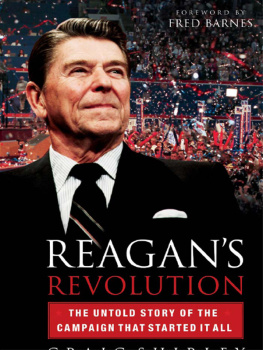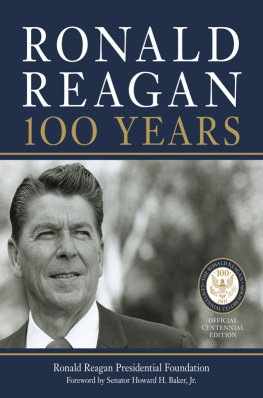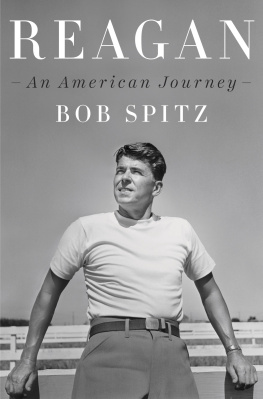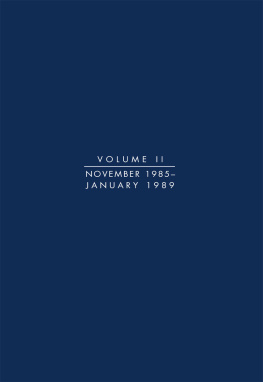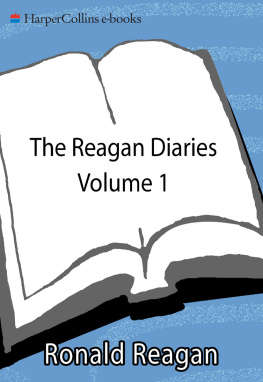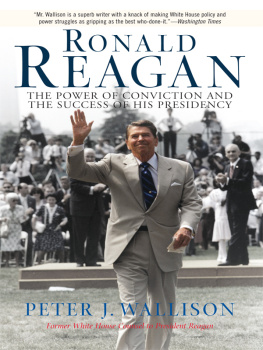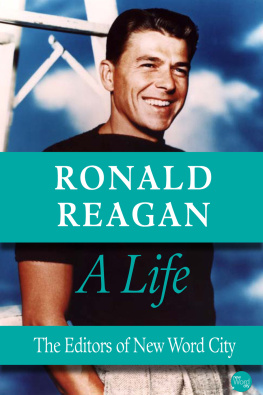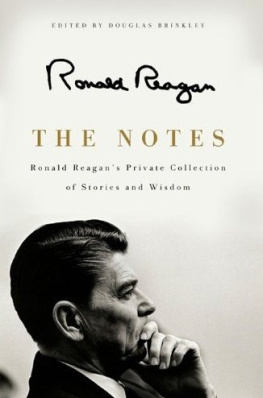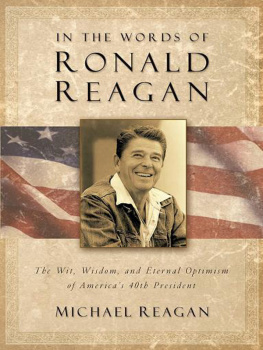COLLISION COURSE

COLLISION COURSE

RONALD REAGAN, THE AIR TRAFFIC
CONTROLLERS, AND THE STRIKE THAT
CHANGED AMERICA

JOSEPH A. McCARTIN


Oxford University Press, Inc., publishes works that further
Oxford Universitys objective of excellence
in research, scholarship, and education.
Oxford New York
Auckland Cape Town Dar es Salaam Hong Kong Karachi
Kuala Lumpur Madrid Melbourne Mexico City Nairobi
New Delhi Shanghai Taipei Toronto
With offices in
Argentina Austria Brazil Chile Czech Republic France Greece
Guatemala Hungary Italy Japan Poland Portugal Singapore
South Korea Switzerland Thailand Turkey Ukraine Vietnam
Copyright 2011 by Joseph A. McCartin
Published by Oxford University Press, Inc.
198 Madison Avenue, New York, NY 10016
www.oup.com
Oxford is a registered trademark of Oxford University Press
All rights reserved. No part of this publication may be reproduced,
stored in a retrieval system, or transmitted, in any form or by any means,
electronic, mechanical, photocopying, recording, or otherwise,
without the prior permission of Oxford University Press.
Library of Congress Cataloging-in-Publication Data
McCartin, Joseph Anthony.
Collision course : Ronald Reagan, the air traffic controllers, and the strike that
changed America / Joseph A. McCartin.
p. cm.
Includes bibliographical references and index.
ISBN 978-0-19-983678-9 (hardcover : alk. paper)
1. Reagan, Ronald. 2. Professional Air Traffic Controllers Organization (Washington, D.C.)United States. 3. Federal Labor Relations Authority. 4. Air Traffic Controllers Strike, U.S., 1981. 5. Collective bargainingAeronauticsUnited States. 6. Collective bargainingUnited States. I. Title
HD5325.A4252 2011
331.892dc22 2011016420
Printed in the United States of America on acid-free paper
The start of strife is like the opening of a dam;
therefore, check a quarrel before it begins!
PROVERBS 17:14
For Diane, Mara, and Elisa,
and all those who work in the dark places,
whose good labor goes unseen
CONTENTS

COLLISION COURSE
GETTING THE PICTURE
Roger, that appears to be jet traffic off your right now, three
oclock, at one mile, northeast bound.
WILLIAM L. SMITH, DEC. 16, 1960
Well, Jackie, we got to the end of the road. Its all over now.
MIKE ROCK, AUG. 4, 1981
It was a warm, sunlit August morning in 1981. But as he awoke from a restless nights sleep at his home in Aiken, South Carolina, retired air traffic controller Jack Mahers thoughts turned once again to a cold, gray December day in New York more than twenty years earlier, replaying an event that had haunted his dreams ever since.
Fog and low clouds had shrouded the New York City skyline on Friday morning, December 16, 1960. Snow squalls threatened. It was poor flying weather. Even so, New Yorks three major airports, LaGuardia, Newark, and New York Internationalpopularly known as Idlewildwere expected to handle a total of nearly seventeen hundred flights. Later, Maher would only remember two of them: United Airlines Flight 826, a Douglas DC-8 jet, carrying eighty-four people from Chicagos OHare Airport to Idlewild in southeast Queens, and Trans World Airlines (TWA) Flight 266, a four-engine turboprop Lockheed Super Constellation, carrying forty-four people from Dayton and Columbus, Ohio, to LaGuardia Airport, on Flushing Bay at the north end of Queens.
Below, the New York Air Route Traffic Control Center, a facility of the Federal Aviation Agency (FAA) known as New York Center, buzzed with a murmur that betrayed the faintest hint of strain. Tucked away in Hangar 11 at Idlewild, Maher was among the dozens of air traffic controllers talking crisply into radio transmitters, placing or answering calls on telephones connected directly to the control towers at Idlewild, LaGuardia, and Newark airports, or to the control centers housed in similar hangars at airports in Boston, Cleveland, and Washington. The hangar floor was divided into sectors. Radar scopes tracked arrivals, departures, and over flights within an eighty-mile radius of the airport. The controllers who worked the radar screens were responsible for all traffic operating on instrument flight rules (IFR) within range of their scopes. As they toiled in their regulation white shirts, top buttons undone and ties loosened, World War IIvintage flat radar screens lit their faces with a green glow. Packs of cigarettes rested in their front pockets and coffee cups sat nearby, but the controllers had no time for breaks on this morning. It was not yet 10:30 a.m., but on days like this, with such bad weather, controllers lost all sense of time. More than one hundred flights were taking off or landing at Idlewild, LaGuardia, and Newark each hour. With poor visibility and a cloud ceiling at just six hundred feet, controllers were acting as the pilots eyes, keeping aircraft separated and on their proper course.
As usual, controllers worked in teams of two to five, depending upon the sector and the volume of traffic. One member of the team, known as the A-side, or assistant, managed flight data regarding the planes entering the sector. On a strip of paper inserted into a metal holder, the assistant would write codes indicating an aircrafts origin, destination, airline, flight number, aircraft type, altitude, and the time it was estimated to reach its next checkpoint. The D-side, or manual controller, worked the telephones communicating with tower controllers. Meanwhile, the R-side, or radar-man, transferred airline and flight number information from the strips lined up by the assistant to smaller paper strips that he inserted into plastic markers called shrimp boats. The radar controller then lined up the shrimp boats on the side of the radar screen in the order in which he expected them to enter his sector. Once he identified the appropriate target as it became visible on the edge of his screen, he would place the identifying shrimp boat next to it. With every few pulses from the radar signals origin point, or main bang, the controller moved the shrimp boats along with their targets, tracking the progress of the flights under his direction. All the while, the radarman kept in his head the altitude, speed, and heading of the target, communicating with the aircraft, giving them new directionsknown as vectorswhen appropriate, and preserving their separation in airspace. When a target was ready to move from one sector to the next, a coordinator who stood between the two adjacent sectors helped facilitate the handoff from one to the other. Once they accepted the handoff, the second team assumed control of the target.
On this morning, a coworker of Mahers named Ronald DiGiovanni was the R-side handling incoming traffic on a route called Airway Victor 30 that crossed New Jersey twenty miles north of Trenton. John Fisher and Harold Brown were working as DiGiovannis A and D men. At about 10:27 a.m., DiGiovanni took a handoff of United 826, which was streaking east along Victor 30. Picking up the target on his radar, DiGiovanni confirmed that it was United 826, piloted by Captain Robert H. Sawyer. DiGiovanni marked the blip with a shrimp boat. He then radioed United 826 to proceed east, using the signal of an omnidirectional radio beacon in Yardley, Pennsylvania, to help it maintain its course along Victor 30. As United 826 passed over Freehold, New Jersey, he instructed Sawyer to turn seventy degrees left and proceed northeast toward New York on Airway Victor 123, using another radio transmitter at Colts Neck to align his heading. Once Captain Sawyer turned onto Victor 123, DiGiovanni directed him to descend to five thousand feet and approach a holding area over the north Jersey coast called Preston. Prestons navigation fix was determined by the intersecting signals of two ground radio transmitters. DiGiovanni warned Sawyer that he might be held up at Preston and stacked in an elliptical pattern until Idlewild was ready for him to land. Preparing Sawyer for that possibility, the controller radioed, United 826, if holding is necessary at Preston, southwest one minute pattern right turns on the zero radial of Robbinsville. The only delay will be in descent. Once United 826 confirmed the instructions, DiGiovanni signed off, telling Captain Sawyer to contact Idlewild approach controllers to direct him from there. Then DiGiovanni turned to address three other flights in his sector, while Captain Sawyer switched frequencies and radioed Idlewild approach controller Herbert Rausch that he was headed to the Preston holding area. It was 10:33:20 a.m. When Rausch looked on his radar screen a few seconds later, he could not find the United DC-8.
Next page


